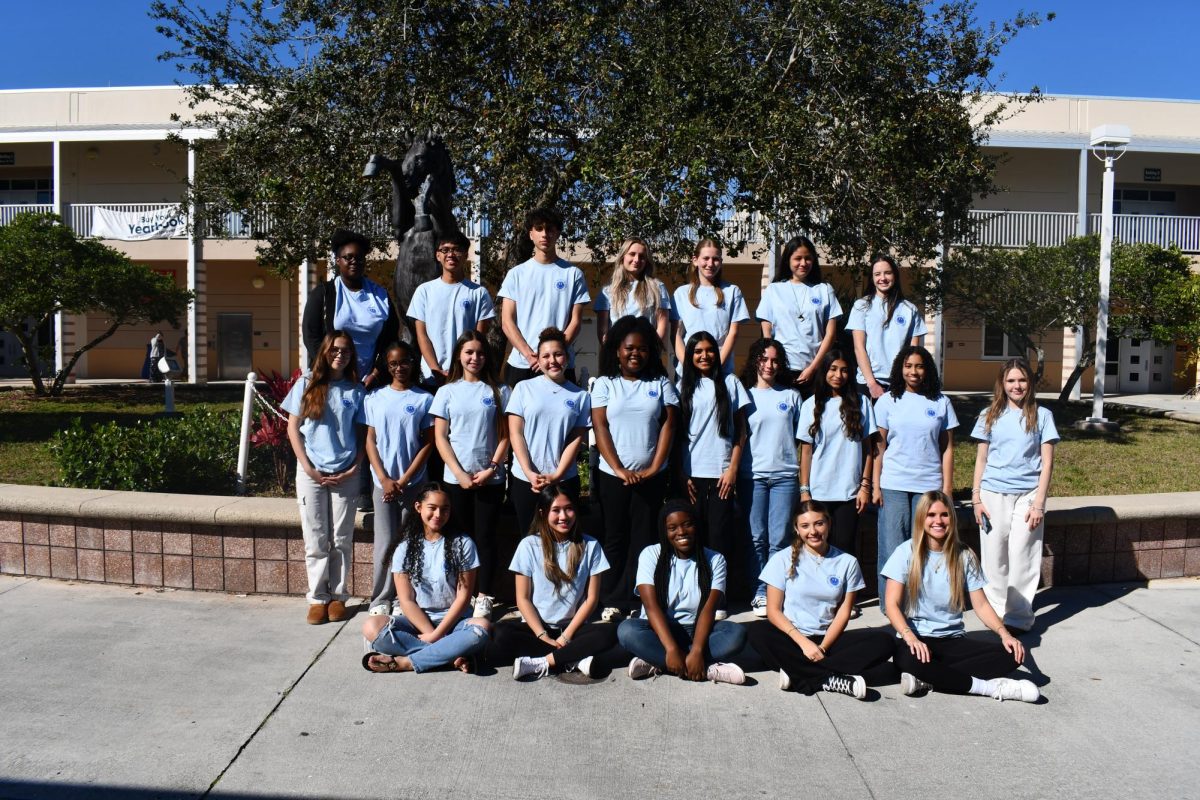Dino-mite discovery digs down to uncover enormous find
April 5, 2021
Earlier this year, researchers unearthed what could be the largest dinosaur that roamed every continent except for Antarctica. Discovered in the Neuquen Province in Agentina’s northwest Patagonia region, this Titanosaur’s remains measure in at 122 feet. Keep in mind, the largest blue whale ever recorded was just over 100 feet. Although the Titanosaur is not a newly discovered species, the remains found make it the largest creature from the Cretaceous period (145 million to 66 million years ago).
“It is a huge dinosaur,” stated paleontologist Alejandro Otero in an interview with CNN. Otero works with Argentina’s Museo de La Plata. “We expect to find much more of the skeleton in future field trips, so we’ll have the possibility to address with confidence how really big it was.”
Since dinosaurs went extinct about 65 million years ago, the discovery and excavation of their fossils have captivated children and adults alike through movie franchises, books, and theme parks. Now, with growing discoveries of new species and massive fossils, many are left wondering if even more discoveries will happen, as well as the importance of studying these fossils.
According to the research journal “Cretaceous Research,” which specializes in the study of the Cretaceous period, the creature “could be one of the largest sauropods ever found.”
Even though the fossil found is already huge, there could still be more remains left to uncover. However, even though this species of dinosaur has been discovered before, the uniqueness of this fossil has not yet been assigned a genus by researchers.
Another astounding dino discovery was made in the Jiangxi Province of Southern China. This dinosaur, known as the Oviraptorosaur, was found sitting on top of other eggs, each with a baby dinosaur embryo inside.
According to Livescience, “many of the embryos were about to hatch,” and the Oviraptorosaur was sitting directly on top of the eggs, similar to how a common bird today would incubate their eggs before they hatched.
“Dinosaurs preserved on their nests are rare, and so are fossil embryos,” explained paleontologist and lead researcher with the Center for Vertebrate Evolutionary Biology Shundong Bi. “This is the first time a non-avian dinosaur has been found, sitting on a nest of eggs that preserve embryos, in a single spectacular specimen.”
Evidently, the fossil still needs more bones to complete it; the skull and some parts of the vertebrae are still missing. However, the discovery of the 24 eggs is incredibly impactful since seven of these eggs do have some formed dinosaur bones inside.
When people consider dinosaur fossils, they typically think about how cool they look in museums. They consider how long ago the dinosaurs lived, how powerful they were, and what life would be like should they be alive today. However, beyond this, uncovering dinosaur fossils has massive scientific and evolutionary implications that can be studied.
“I think it’s important to study dinosaurs to study evolutionary theory,” said senior Emily Sriboonlue. “People should know how things evolved.”
For instance, the discovery of the Titanosaur is not only amazing but can definitely be used to re-assess the diversity of this animal species, especially in relation to the extensive land they could roam millions of years ago. These dinosaur fossils help researchers understand how Earth’s conditions were suitable for these dinosaur species, especially one that is so large.
“I think that studying dinosaurs is simply a very interesting way to understand how different our world was a long time ago,” said senior Eduardo Sayago. “It’s a path which helps us understand more about not just the animals that lived then, but also give us clues to the environment, weather, foliage, and other aspects of the planet which could have changed. With this, we can apply to our future and see what trends our planet may take and so on.”
Furthermore, the discovery of the Oviraptorosaur has helped scientists link common ancestors back to ones living today. Because of the position of the Oviraptorosaur on her nest, scientists have concluded that the “modern bird,” is most definitely related to this dino.
“This indicates that the adult was likely incubating its eggs, a behavior also seen in modern birds, the descendants of dinosaurs, rather than guarding its nest like a crocodile (crocodiles are archosaurs, meaning they are distant cousins of dinosaurs),” explained researchers with the Center for Vertebrate Evolutionary Biology at Yunnan University in China.
Additionally, more links between modern birds like owls and pelicans were noted. Researchers recognized that, upon study, some of the eggs were laid at different times. Therefore, “Such asynchronous hatching seems to have evolved independently in oviraptorids and some modern birds, including owls and pelicans, in which eggs can hatch hours to weeks apart,” clearly demonstrating the relationship between these species.
Overall, the discovery of these two dinosaur fossils has massive implications for the future of dinosaur discovery. While there is still more work to be done to study these fossils and continue to find their missing parts, progress has already been made to study these fascinating creatures and the Cretaceous period by using these fossils.



